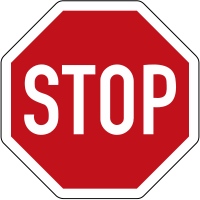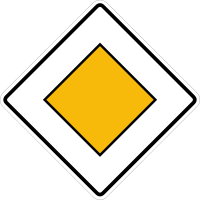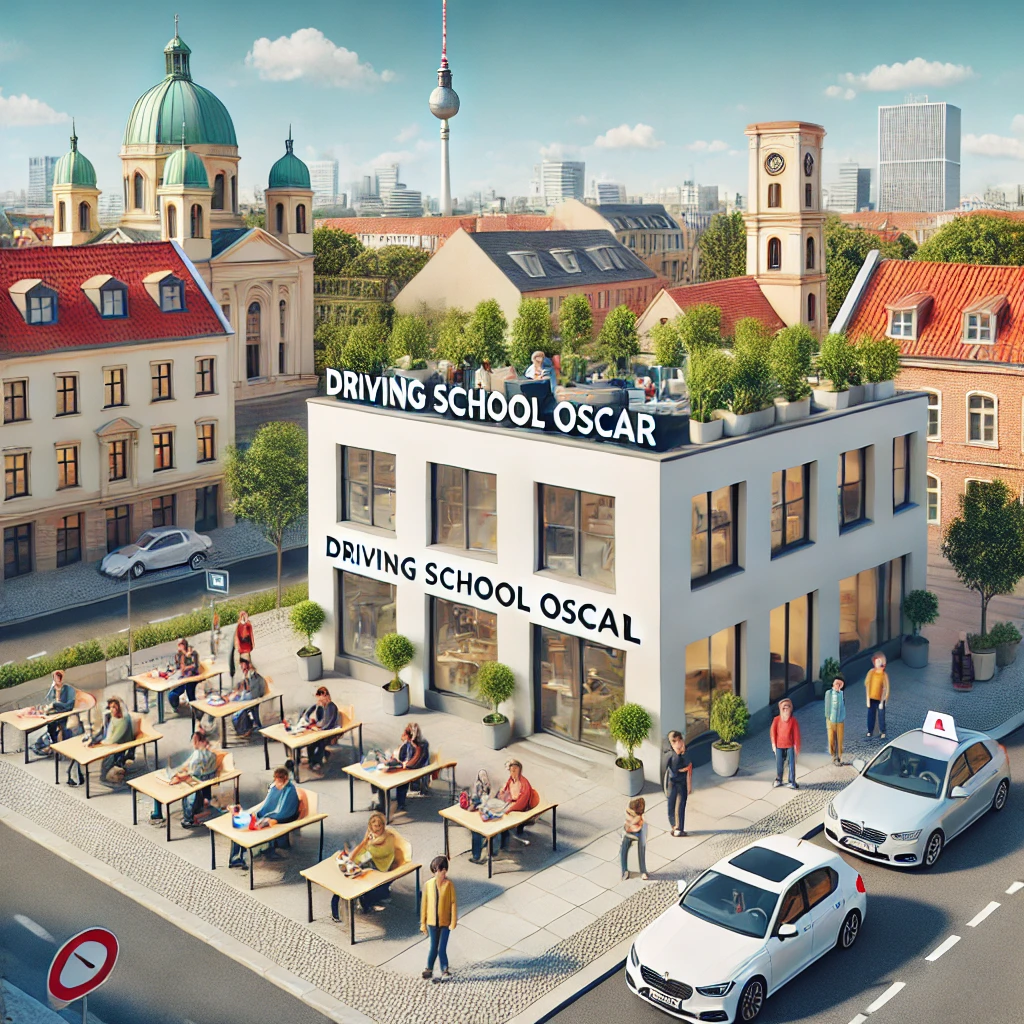The Importance of Knowing Traffic Rules and Traffic Signs in Germany for Foreign Traffic Participants
When traveling abroad, understanding local traffic regulations is not merely a formality but a necessity for safety and legal compliance.
For foreign traffic participants, particularly those driving in Germany, having a comprehensive understanding of traffic rules and traffic signs in Germany is crucial.
Germany is renowned for its efficient and structured road systems, including the famous Autobahn, where unique traffic rules apply. Here’s why this knowledge is indispensable.
Safety First: Preventing Accidents and Misunderstandings
The primary purpose of traffic rules and traffic signs in Germany is to ensure road safety for all participants—drivers, cyclists, and pedestrians alike.
Foreign drivers unfamiliar with these signs may inadvertently cause accidents or disruptions. For instance, Germany employs specific right-of-way rules, often indicated by triangular „yield“ signs or „priority road“ signs.
Without understanding these symbols, a foreign driver might make dangerous assumptions, potentially leading to collisions. Familiarity with these signs ensures smoother navigation and safer interactions with other road users.
Legal Compliance and Avoiding Penalties
Germany enforces strict penalties for traffic violations, and ignorance of the law is not a valid excuse.
Traffic signs in Germany provide essential instructions and warnings, such as speed limits, no-parking zones, and environmental zones (Umweltzonen). Failure to adhere to these signs can result in hefty fines or even the confiscation of a driving license.
Foreign drivers need to be especially cautious about unique signs, such as those indicating low-emission zones, which require vehicles to display a valid emissions sticker. By understanding these signs, drivers can avoid unnecessary legal troubles.
Efficient Navigation on German Roads
Germany’s extensive road network, which includes highways, rural roads, and urban streets, is regulated by a detailed system of traffic signs.
Traffic signs in Germany provide clear instructions for navigating exits, rest areas, and city centers. For example, blue rectangular signs indicate directions to nearby cities, while green ones mark Autobahn exits.
Understanding these signs allows foreign drivers to plan their routes effectively and reduces the stress of getting lost in an unfamiliar country.
Cultural Integration and Mutual Respect
Respecting the traffic rules and traffic signs in Germany is a form of cultural integration. It demonstrates respect for the country’s systems and the people who rely on them.
Foreign traffic participants who adhere to these rules are more likely to have positive interactions with local drivers and authorities. This respect fosters a sense of cooperation and mutual understanding on the roads.
Adapting to Unique Driving Conditions
Germany’s road conditions, such as the high speeds on the Autobahn or the narrow streets in historic towns, require specific driving behaviors.
Traffic signs in Germany often provide critical information for adapting to these conditions, such as „no overtaking“ zones, sharp curves, or steep gradients.
Recognizing and reacting to these signs ensures that foreign drivers can navigate safely and confidently, even in challenging environments.
In conclusion, for foreign traffic participants, understanding the traffic rules and traffic signs in Germany is vital. It ensures safety, legal compliance, and efficient navigation while fostering respect for local culture.
By familiarizing themselves with these signs, foreign drivers can enjoy a smooth and trouble-free experience on German roads.
Outside built-up areas you will generally see these signs 150 to 250 m in front of the place of danger. If the distance is considerably less than this, it may be indicated on an additional sign. Only another 100 m to the place of danger. |
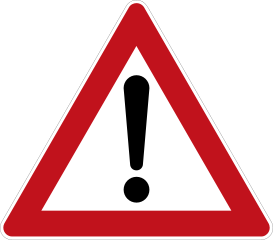 |
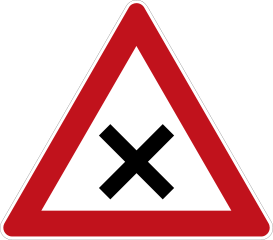 |
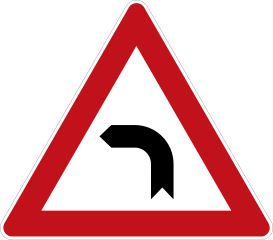 |
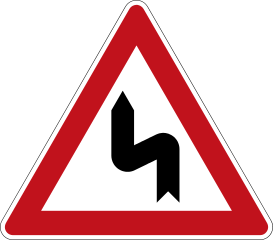 |
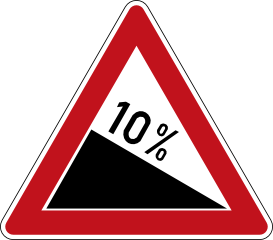 |
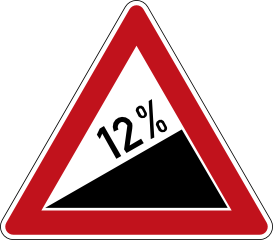 |
 |
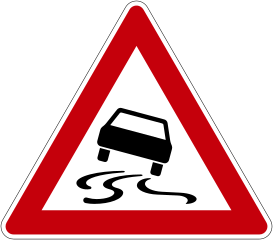 |
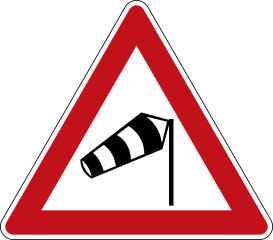 |
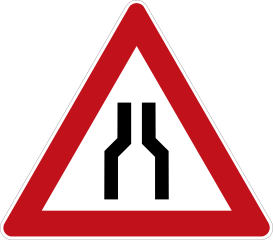 |
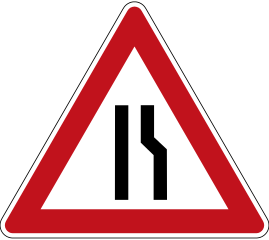 |
 |
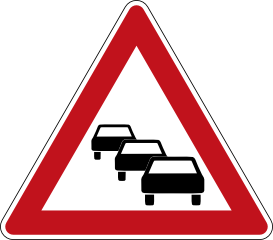 |
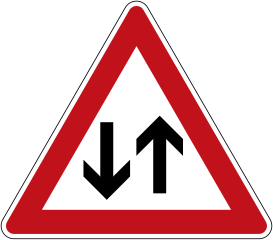 |
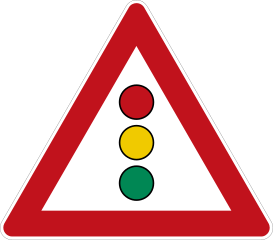 |
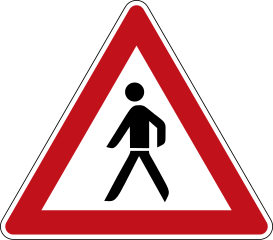 |
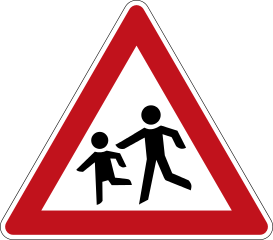 |
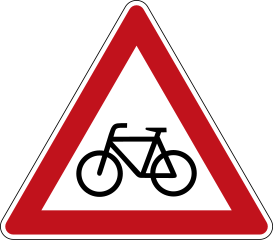 |
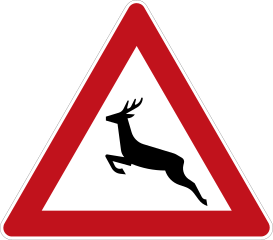 |
| Special hazard signs before crossings of railways with priority |
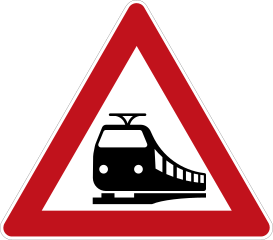 |
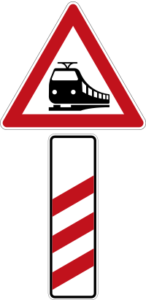 |
 |
 |

